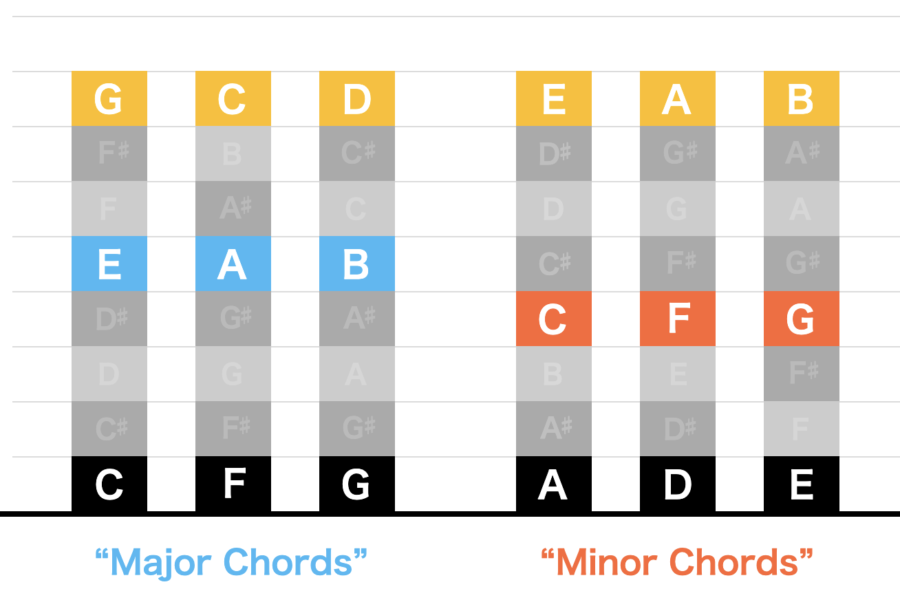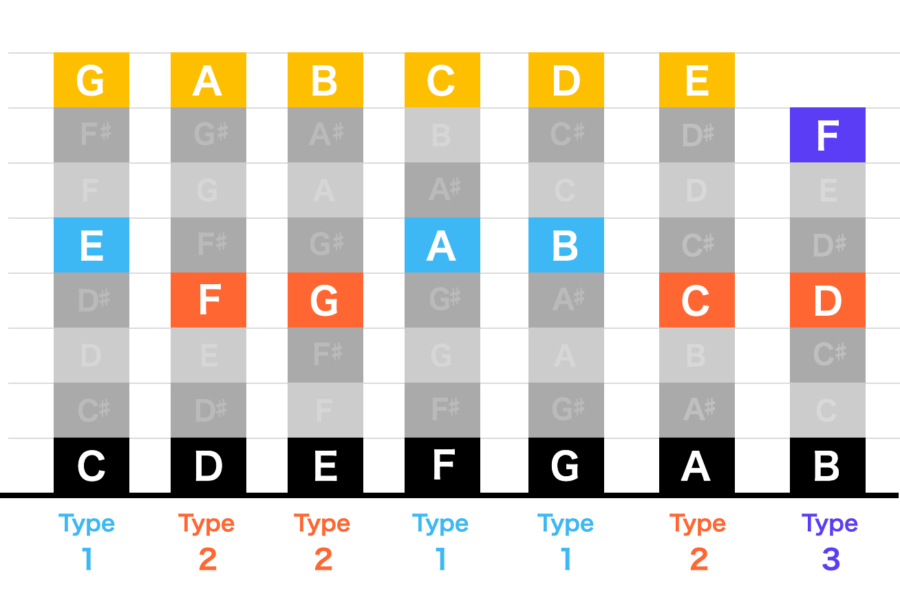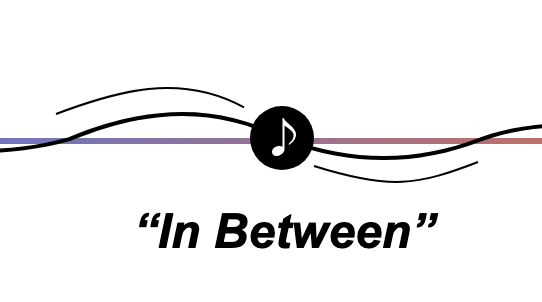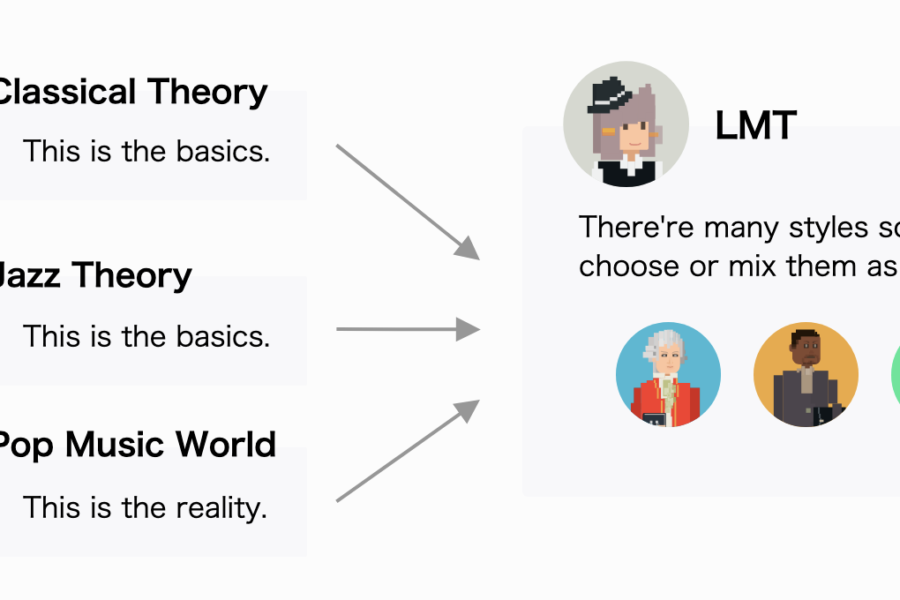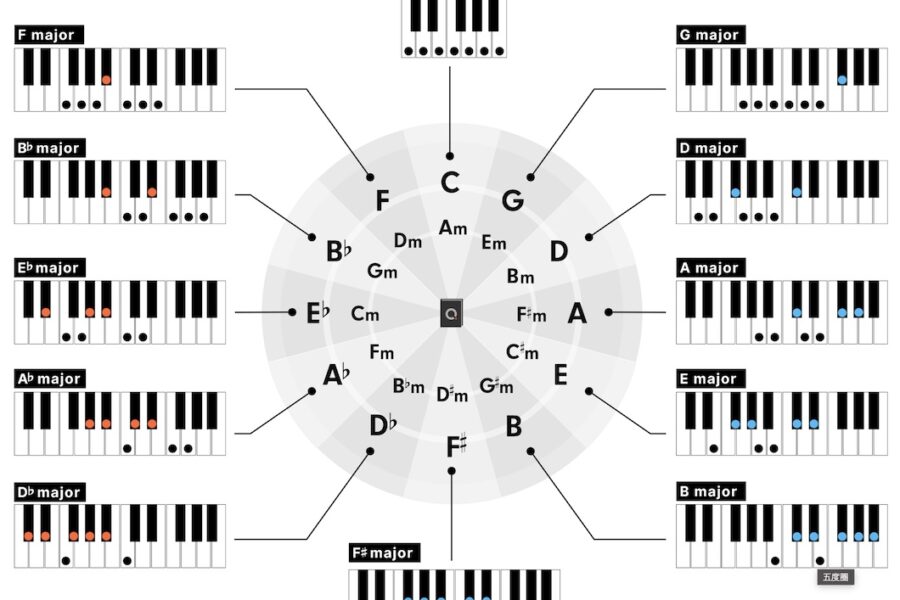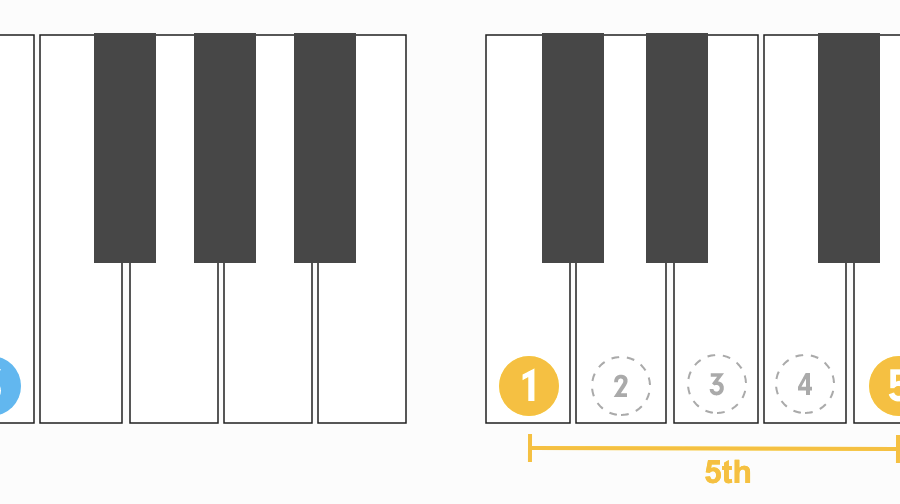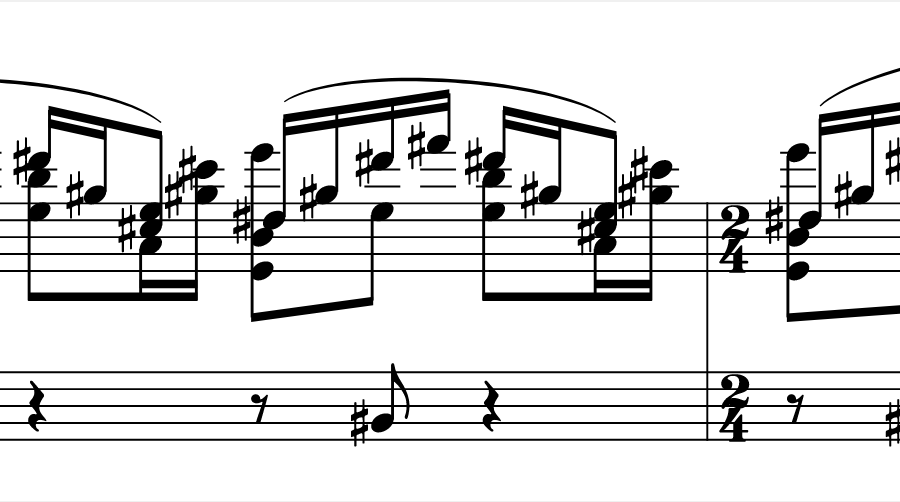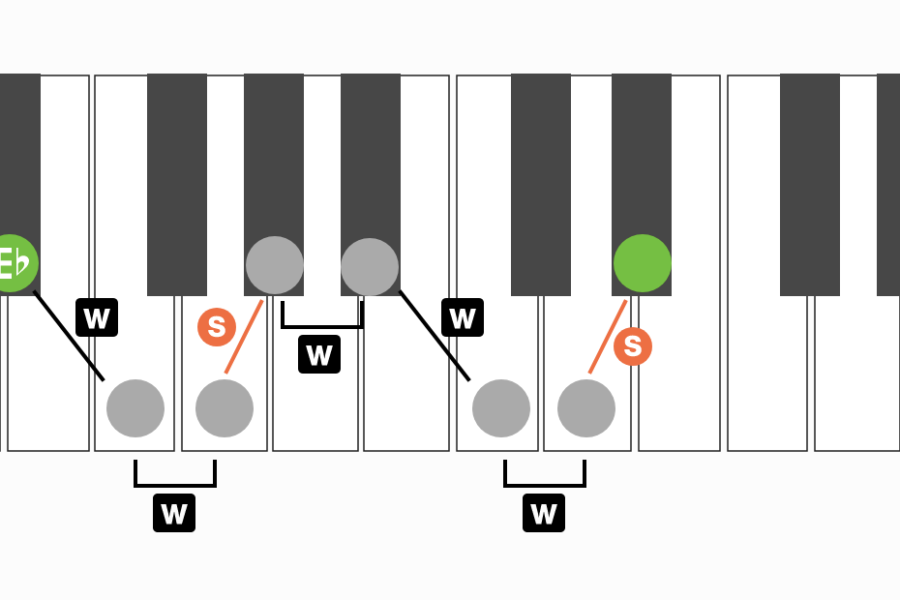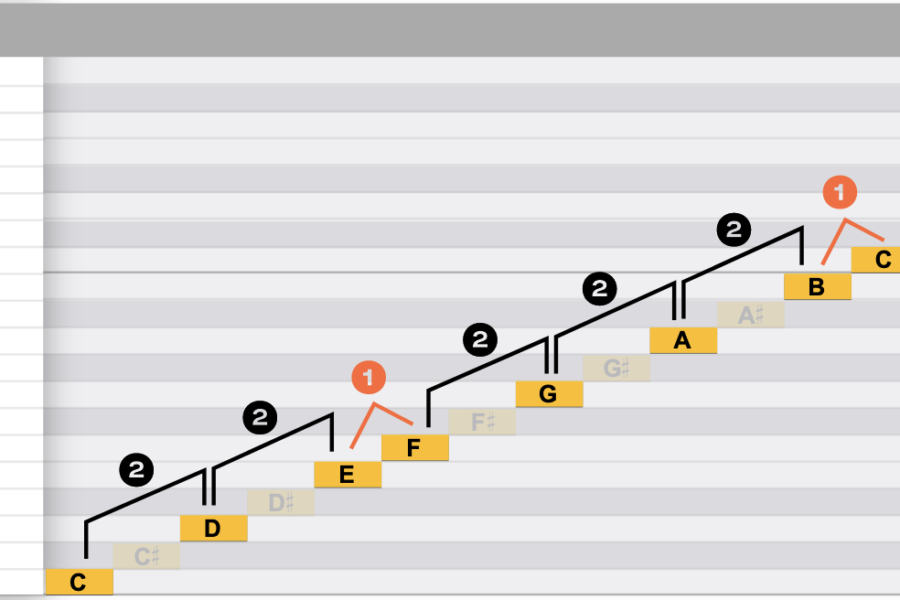in the previous article, I explained that the prime chords, the six basic chords in a key, are divided into two types. Measuring by semitones, Type 1 is stacked in the form of , while type 2 is . We're gonna have a deeper look at this difference. 1. Naming and Notations This time I'm gonna introduce their names first.…
yutaApril 4, 2024
